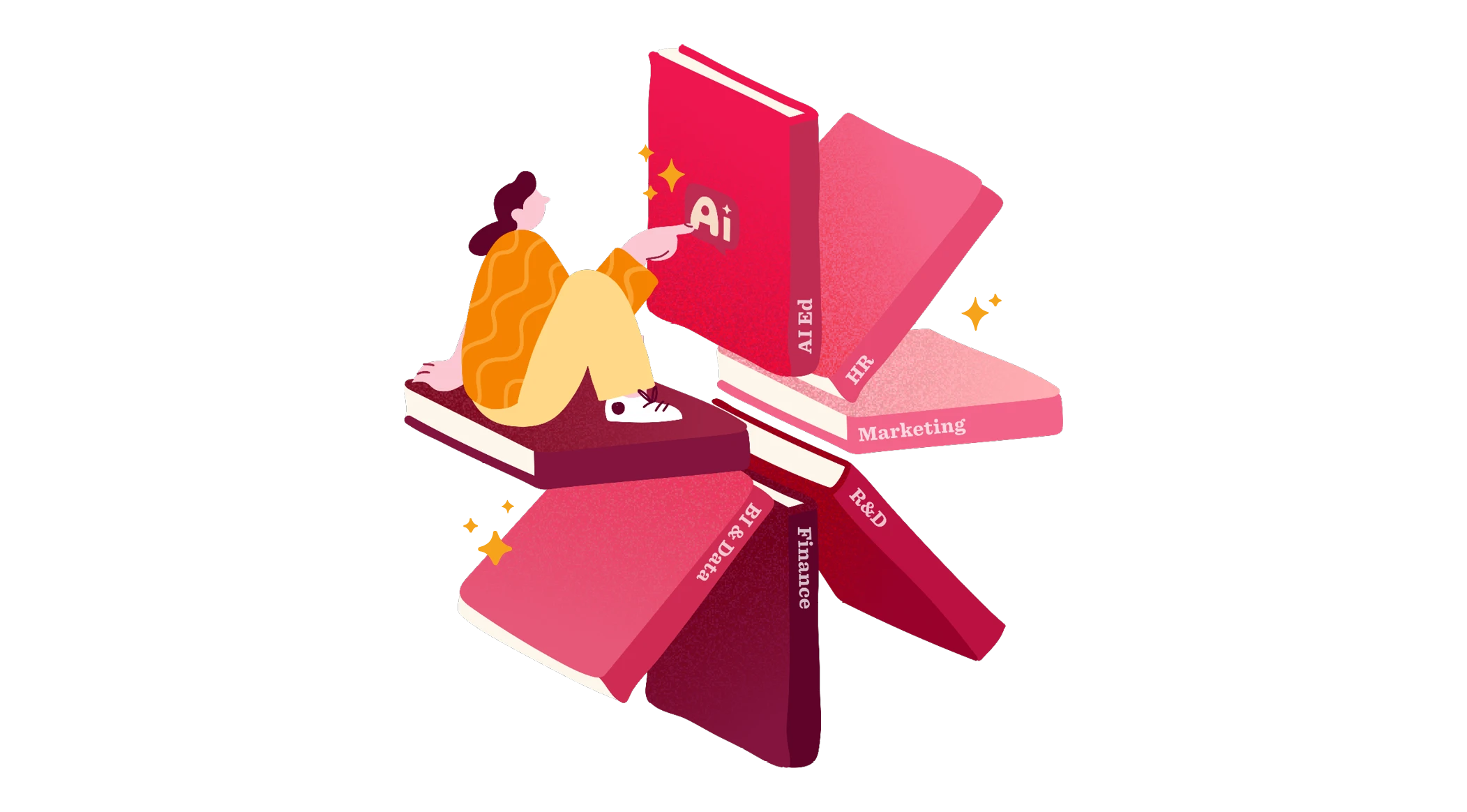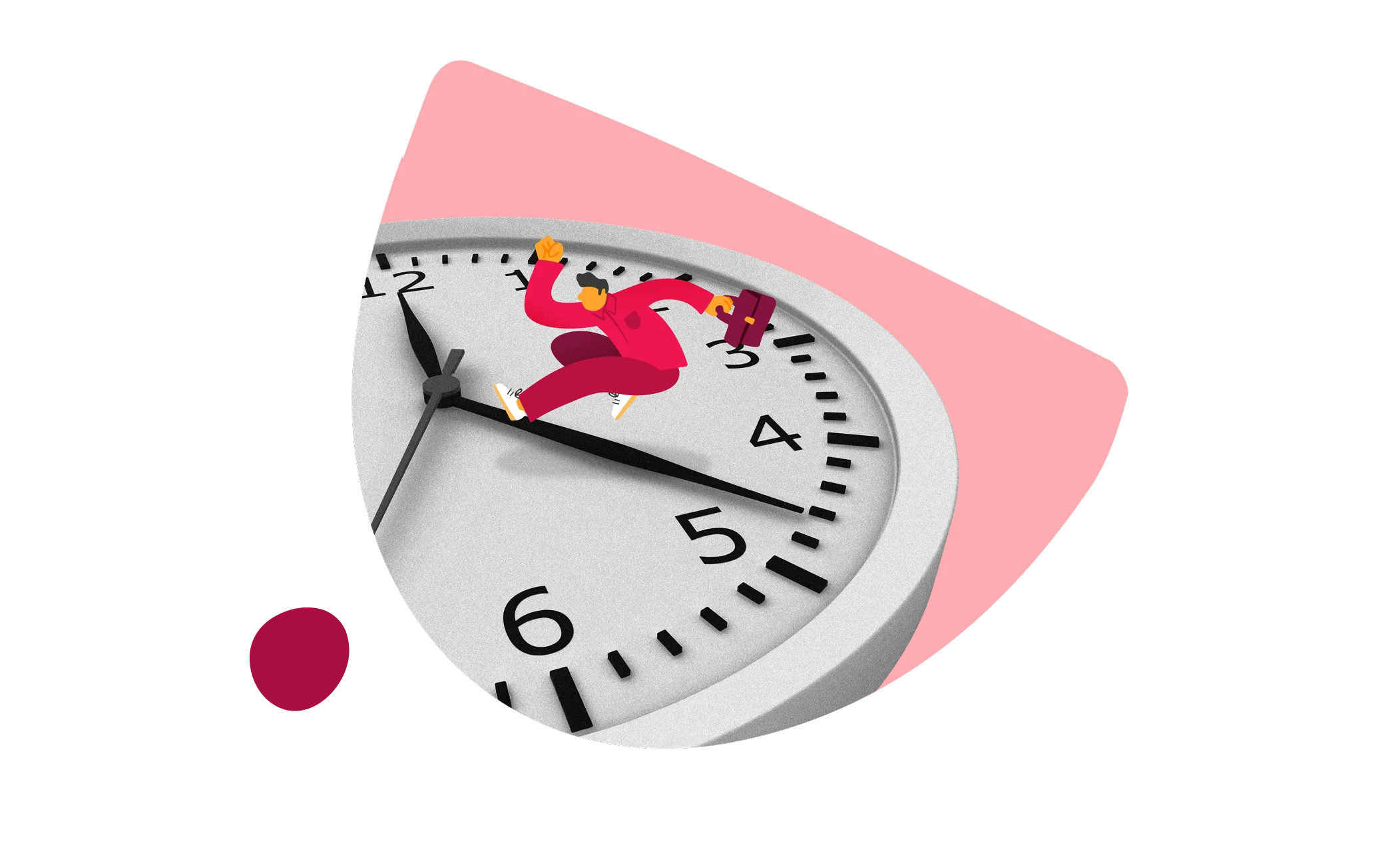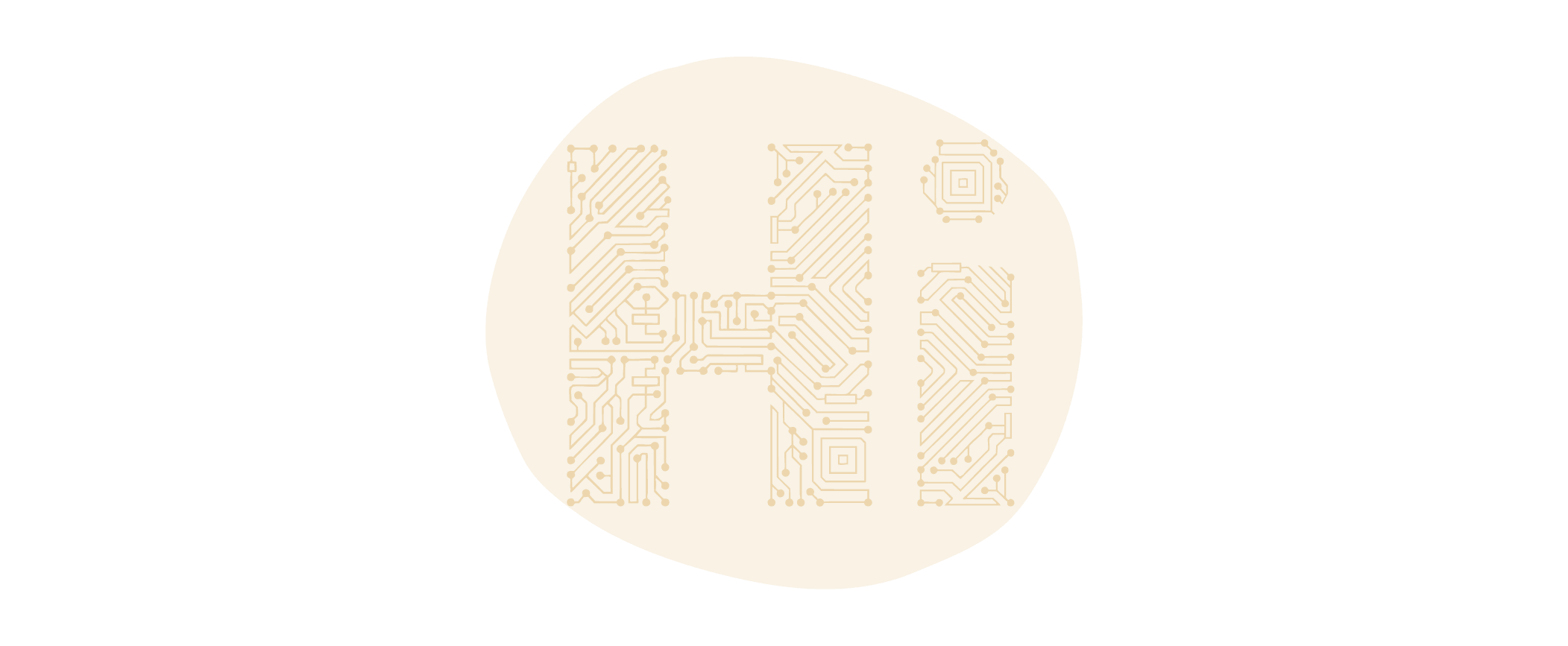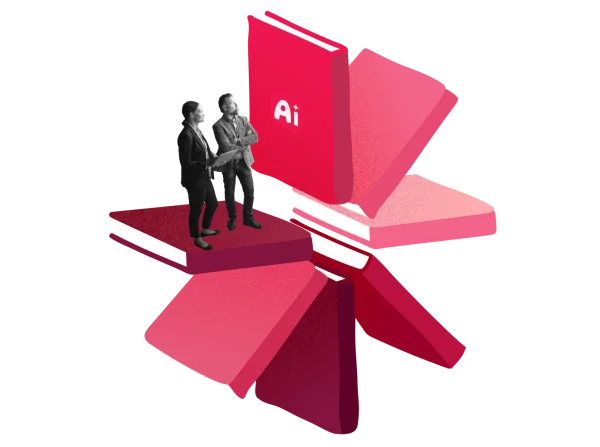The Great Resignation didn’t end. It evolved.
Today, it’s quieter, but perhaps more covert. People feel stuck in roles they can’t easily leave, while leaders expect them to do more with less, and faster than ever.
This is the Great Resignation 2.0.
It’s fueled by burnout, disillusionment, shrinking budgets, AI disruption, and growing skills gaps. And while people may not be quitting in droves like they were in 2021, research shows more people want to quit their jobs now (34 percent) than during the original Great Resignation (an average of 30 percent).
Many feel stuck, sidelined, or left behind, often due to return-to-office mandates, reduced flexibility, and increasing pressure at work.
People are asking big questions about their future:
- What role will I play in an AI-driven organization?
- Will my skills still matter in an AI-powered workplace?
- What happens if I can’t keep up?
These concerns aren’t just theoretical. Two years ago, executives in an edX Workplace Intelligence survey said they expected nearly half (49 percent) of all skills to be obsolete by 2025. Today, we’re feeling the impact.
AI literacy has become one of the most in-demand skills, but roles are evolving faster than ever, and most teams aren’t ready. Things are moving too fast for many organizations to bridge the gap in time.
When people find a company that’s visibly committed to investing in AI-driven growth for everyone, they’ll leave. And they won’t look back.
The good news? HR is in the driver’s seat and well-positioned to turn uncertainty into opportunity.
AI uplift—the strategy of empowering your people to grow with AI and not be replaced by it—is how you close the skills gap, reduce churn, ensure your people feel valued, and build trust at work.
This guide explores how to stop the Great Resignation 2.0 in its tracks by supporting your people with AI uplift, building their confidence, and helping them stay professionally relevant before pressure turns into attrition.

Pressure is rising, but people aren’t quitting (yet)
Most people are staying put in their jobs for the moment. But that doesn’t mean they’re happy. Disengagement and burnout are rising, and motivation is running low in many organizations.
This isn’t just about workloads. It’s a more fundamental shift. The rules of work are changing. Automation is reshaping expectations, skill demands are evolving overnight, and many people feel like they’re falling behind.
HiBob research shows AI adoption is still limited
Despite the hype, most professionals aren’t using AI at work yet. According to our latest research, 65 percent of professionals haven’t used AI at all. And 24 percent say they’ve used it with permission, while 12 percent admit to experimenting with AI tools without permission—a sign that curiosity is outpacing policy.
AI might be here, but for most professionals today, it still feels distant, unfamiliar, or off-limits.
HiBob data reveals rising anxiety and curiosity around AI
The emotional impact of AI is real. Our research shows that 43.6 percent of professionals today are worried that AI could take their jobs. At the same time, 45 percent believe it could actually make them more productive.
That tension is playing out in deeper ways, too: 24.7 percent of people surveyed say AI has caused them to reevaluate their career plans, and 29.9 percent say it’s made them question the value of their current skills.
What does all this mean? People are feeling stuck, overwhelmed, and uncertain about their future. And they’re increasingly aware that they need new skills to stay professionally relevant.
People don’t want out. They want support.
The desire to quit is real, but it’s not inevitable. People want their employers to step in with meaningful development and upskilling opportunities. They’re asking for training, clarity, and growth. The sooner support kicks in, the sooner organizations can reverse the coming tide of attrition.
And those that act early, before disengagement turns into attrition, can build loyalty and momentum.
A new mindset for a new market
On the employer side, the same shift is reshaping how companies think about hiring. With skills evolving so rapidly, many HR teams are starting to focus less on traditional credentials and more on potential.
They’re looking for people who can adapt quickly, learn fast, and grow into new challenges. This strategy is smart in times of economic uncertainty and beyond, and it builds a workforce that can weather the storm and stay ahead of change.

The AI urgency is real, and readiness is lagging
AI isn’t on the horizon. It’s already here. From drafting content and analyzing data to forecasting trends and accelerating workflows, AI is transforming how teams operate across industries and functions.
But while the technology moves fast, most organizations aren’t keeping up. Research paints a stark picture:
- 56 percent of executives surveyed by Forbes believe that entry-level knowledge jobs will disappear
- LinkedIn’s Future of Work Report found that 65 percent of job skill requirements are expected to change by 2030
- And despite this, only 15 percent of organizations say they’re truly prepared to act on upskilling in a meaningful way
The disconnect is clear. Business leaders understand the scale of the change, but too few are translating that understanding into action.
The repercussions of waiting could be significant. As AI transforms more tasks and roles, the gap between what teams can do today and what they’ll need to do tomorrow is only going to grow. And while the workforce isn’t resisting the shift—many professionals are eager to evolve—the infrastructure to support that evolution simply isn’t there yet.
But it’s not too late.
Investing in upskilling now can close critical capability gaps, boost productivity, and give people a renewed sense of purpose and security in their roles.
The future belongs to AI-savvy professionals and managers
The future of work isn’t just about adopting new technologies. It’s about empowering your people to thrive alongside them. AI is just the latest iteration of technological advancement. It can streamline tasks and uncover insights, but its real power lies in how people leverage it to grow, lead, and make more meaningful contributions. When people feel empowered by technology and not threatened by it, they do their best work.
But trust hasn’t caught up with technology. HiBob research shows that only 43.1 percent of professionals trust their company to use AI responsibly. Even fewer—just 46.4 percent—trust their company to support and train them on AI.
These trust gaps point to a deeper issue: a lack of ownership over AI readiness. Who’s responsible for helping people build the skills they need to thrive in an AI-powered world? For many organizations, that answer is still unclear.
But there’s a way forward. Research from Josh Bersin outlines a compelling vision: a future built by AI-enhanced professionals and managers. These are people who combine human insight with intelligent tools to deliver deeper impact, faster decisions, and stronger outcomes. HR is uniquely positioned to cultivate these capabilities at every level of the business.
But what does AI-enhanced work look like in practice?
- A recruiter using generative AI to draft job descriptions, personalize outreach, and summarize candidate feedback, freeing up time to focus on DEI&B sourcing and candidate experience
- A marketing manager tapping into AI to extract competitive insights and run sentiment analysis on customer reviews—fueling sharper, data-driven campaigns
- A finance analyst building smart dashboards that automate reporting and flag anomalies in real time, transforming static reports into proactive insights

In each case, AI doesn’t replace the professional. It amplifies them. And the businesses that thrive won’t be the ones with the most AI tools. They’ll be the ones with the most prepared, confident people using their tools wisely.
HR can lead the shift by:
- Offering targeted, role-specific AI training. For example, “AI for hiring,” “AI for planning,” or “AI for individual contributors.”
- Recognizing and rewarding AI fluency, not just usage. This includes knowing when not to rely on AI.
- Normalizing learning. Great ways to do this are creating secure and visible learning moments through opt-in showcases, peer demos, or lunch-and-learns that spotlight practical use cases.
These strategies will help your people feel empowered by AI rather than threatened by it, ensuring they’re ready for the future. They help people build confidence. They make AI practical. And they show people that they’re not being replaced—they’re being invested in.
When HR takes the lead, that readiness becomes real. This is what sets future-ready companies apart.
Durable skills need digital scaffolding
It’s tempting to think of AI as a replacement for human skills. But when used optimally, it’s a multiplier.
Many of the most in-demand skills in the age of AI aren’t technical. They’re human and durable. Things like collaboration, adaptability, creative thinking (and critical thinking!), and communication aren’t becoming obsolete. They’re becoming even more essential.
As AI reshapes roles across industries and every level of organizations, these human skills are what help people stay effective, confident, and prepared for what’s next.
Our research at HiBob shows that people are hungry to build these skills. Professionals consistently ask for more support in developing creativity, flexibility, and problem-solving—skills that make them work better with more confidence and efficacy, regardless of role or industry.
But there’s a gap.
Even basic communication skills are becoming a challenge, especially among younger or less experienced professionals. And many managers simply don’t have the time, tools, or training to coach team members effectively in these skills.
This is where AI can make a surprising and positive difference. Because it’s not just about automating busywork or replacing soft skills. It’s about creating space and structure for people to lead, listen, and grow.
AI can scaffold soft skill development by:
- Clearing away repetitive tasks to make space for collaboration and creativity
- Offering real-time support and simulations to help people communicate more clearly
- Providing nudges, prompts, and feedback to help people think more critically, strengthen decision-making, and build confidence in real-world interactions
That’s where AI’s real ROI lives—not just in speed or efficiency or in the number of tasks it can automate but in how it supports the skills that make teams thrive.

How HR can drive AI uplift right now
Change can start small. What’s great is that you don’t need a five-year roadmap or a massive overhaul of your processes to get started with AI uplift. Small, targeted moves can drive real impact, especially when they’re cross-functional, people-centered, and scalable.
Here are five high-impact actions your HR team can take to lead the shift on AI uplift and start putting them into practice right away:
1. Audit informal AI use
Even if you don’t have a formal AI policy yet, chances are your people are already experimenting. That’s not a red flag. It’s a sign that curiosity is alive and well in your organization.
How to make this move:
- Run a quick pulse survey. Ask questions like “Have you used generative AI at work? If yes, how and with what tools?”
- Host a 30-minute listening session with key departments to understand where and how people are using AI and where it’s blocked.
- Map what you learn. Use these findings to map your organization’s “shadow AI” activity and identify where you need the most enablement, policies, or training.
| Tip: Frame this as exploration, not enforcement. You’re here to build understanding and support progress, not slap wrists. |
2. Use engagement data to identify training opportunities
Your HR platform already has indicators that tell you where your people feel stretched, disengaged, or unsupported. AI training won’t solve every issue, but it can help lighten the load in the right places.
How to make this move:
- Filter engagement survey data. This could be by team, tenure, or role to spot pain points in workload, confidence, and enablement.
- Cross-reference with performance data. Which teams are under pressure? These are likely to be the ones with high accountability and low enablement.
- Ask managers where the bottlenecks are. What’s slowing your team down? Could AI tools or training help?
| Tip: Look out for low “tools and resources” scores or manager feedback on time-consuming manual tasks. They’re perfect for trialing AI uplift and its effects. |
3. Partner with people managers
Managers play a critical role in driving change. They don’t need to become AI experts, but they do need tools to support their teams through change.
By embedding AI skills development into regular check-ins and performance reviews, managers can turn everyday interactions with their team members into opportunities for growth.
How to make this move:
- Build a short “AI uplift” guide. This could include talking points, coaching questions, and example stretch projects.
- Encourage managers to use check-ins. This is the perfect opportunity to explore how their team members could experiment with AI.
- Recognize and reward. Curiosity, experimentation, and sharing around AI are all big positives, especially when they reduce burnout and improve performance.
| Tip: Keep it simple. Embed AI skill-building into what’s already happening. That way, there’s no need to launch another program from scratch. |
4. Pilot micro upskilling programs
You don’t need six months or more of training to build momentum. Short, focused learning experiments embedded in the normal flow of work can create the momentum you need without overwhelming your teams.
How to make this move:
- Launch a “30 Days of AI” sprint. Involve everyone from managers and ICs to C-level decision-makers.
- Focus on one tool or use case each week. Experiment with tools like summarizers, chat assistants, and planning tools.
- Include live demos. Show real-time experimentation and peer showcases, like “Use a summarizer in your next team update.”
- Track what worked. Find out what saved time, sparked ideas, or helped people feel more confident.
| Tip: Remember that you’re not training experts. You’re building comfort, capability, and confidence. |
5. Involve other teams early
HR can’t do this alone, and it shouldn’t. It’s an organizational team effort. Cross-functional partnerships have a more sustainable impact and make AI-enablement scalable, safe, and relevant across the business.
Recommended For Further Reading
How to make this move:
- Co-create AI usage norms. Collaborate with Legal, IT, and Risk to ensure adoption is safe and sustainable.
- Work with L&D. Together, you can find ways to plug AI literacy into current leadership or upskilling frameworks.
- Bring departments into the conversation early. Talk to Marketing, Sales, Ops, or Product and highlight team-specific use cases, making it relevant to their day-to-day work.
| Tip: Don’t wait until after launch to align. Build buy-in from the start by bringing your partners in early, and position AI uplift as a business initiative, not just “an HR thing.” |
Uplift your people
Today’s workplace is evolving fast. Economic pressure, shifting priorities, and rising expectations are pushing businesses to rethink how they operate and how to better support their people.
In the middle of it all, people are being asked to do more with less, and faster than ever before. But while the pressure is real, so is the opportunity.
Modern professionals aren’t looking to jump ship for the sake of it. They’re looking for purpose, clarity, support, and growth. They want to feel equipped for what’s next, valued for what they bring, and confident that their employer is invested in their growth as they navigate change.
That’s where AI uplift makes a real difference. When used intentionally, AI isn’t just a productivity tool. It’s a people strategy. It helps people do their best work: It frees up time, supports skill-building, and helps teams stay sharp, collaborative, and future-ready.
HR doesn’t need a sweeping strategy or a five-year roadmap to lead the way. It just needs a few smart and targeted moves, a people-first approach, and a clear commitment to turning change into momentum.
The Great Resignation 2.0 is already in motion. But with the right support, your people and your company can rise above it. The potential is within our grasp.

